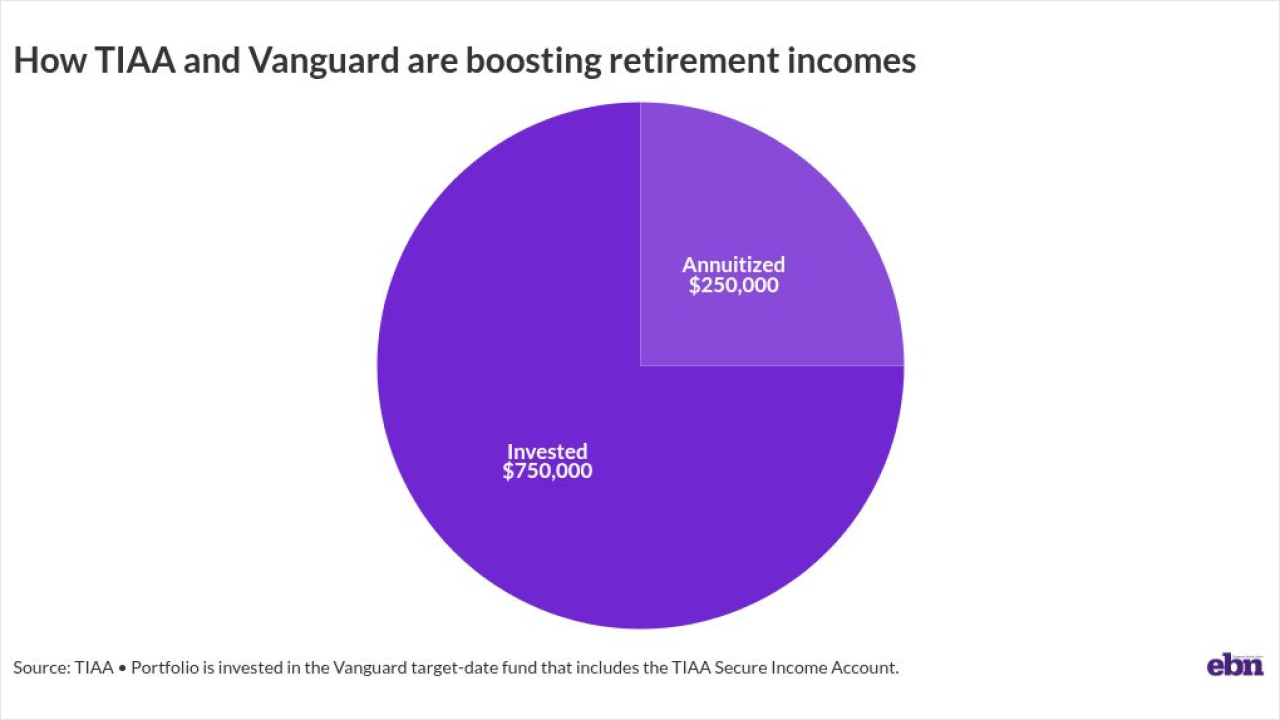The national conversation around primary care — for both the private and public sectors — is experiencing a profound shift towards prioritizing value, prevention and outcomes over wasteful spending. This transformation comes at a critical time. Despite the shortage of providers the U.S. is now facing, investment in primary care saves money and leads to better outcomes by reducing the need for costly treatments down the road.
Processing Content
In fact, recent policy changes are accelerating this shift. With the One Big Beautiful Bill Act signed into law, new opportunities are emerging to enable employers to expand access to direct primary care and telehealth at no cost to the employer's plan members. The combination of learnings from CMMI and payment models enabled by the One Big Beautiful Bill Act provide a blueprint for how employers can deliver high value healthcare to their plan members.
Read more: Canary's founder explains the power of an emergency grant benefit
The unsustainable cost trajectory
Our healthcare system's misaligned incentives have created a troubling reality for employers and employees alike. Due to factors like Baumol's cost disease and employers generally being price takers in the healthcare ecosystem, average employer medical trend has and likely will continue to be between 5% and 9% annually for employers operating under the status quo.
Traditional primary care has declined, with referrals to specialists having increased fourfold since 1999, dramatically increasing health care costs for everyone in the system and contributing to waste. This trend stems from our skewed priorities: Instead of focusing on prevention and health outcomes, we as a country are in a mindset of waiting until the problem is big and then bouncing between ever-more atomized specialists. It's no coincidence that, in their new strategy, CMMI identifies prevention as the cornerstone of healthy living.
The historic fragmented and reactive approach, along with our health care system's inability to efficiently address chronic disease, is one of the addressable reasons why employer health care costs are rising. Only 1 in 5 Americans have had an annual wellness visit with a primary care provider recently, an endemic failure in prevention that is echoing across the national health conversation. When employees don't have benefits that address their specific needs — be that increased access and time with a doctor who can build a relationship with the employee, telehealth capabilities, culturally competent care options, or integration with mental health care resources — health problems inevitably worsen, leading to negative health outcomes for the employee and greater expense for the employer.
Read more: It's time to remind employees to use their FSA
The logical pivot to advanced primary care
To address these challenges, advanced primary care (APC) has emerged as a high-access, high-quality primary care model that ties payments to value rather than volume. The One Big Beautiful Bill Act also enables employers to make direct primary care, a type of advanced primary care, available to plan members at no cost to the plan member. Advanced and direct primary care approaches align incentives for providers to focus on patient outcomes and preventive care, rather than simply maximizing billable services, while also now enabling $0 care to all plan members, increasing member affordability.
Though there are still implementation challenges to overcome in terms of geographic distribution of APC clinics, member engagement and the complexity of employers paying for value, solutions that embrace value-based payment models and enhance access of choice in providers can bridge those gaps, creating a win-win scenario for employers and their workforce.
The evidence that independent APC drives savings is compelling. Shifting away from hospital-based primary care that funnels patients exclusively towards specialists and PCPs the hospital chooses creates 2-6% in total cost of care savings. Further, improving access to high-quality specialists while avoiding unnecessary urgent care utilization delivers an additional 2-8% total cost of care savings. Like innovations in Medicare, providing APC to manage the highest risk and emerging risk members of the system drives down emergency department visits and inpatient utilization while preventing readmissions with more post-hospitalization support.
These concepts can extend to medication management too, as a value-based care system disincentivizes prescribing unnecessary drugs. This creates a virtuous cycle that compounds on itself over time, reducing health care costs because employees are healthier — and therefore happier and more productive.
Read more: Employees are paying out-of-pocket for the benefits they're not getting at work
The high-savings, high-quality path forward
The Centers for Medicare & Medicaid Services (CMS) have already demonstrated the power of this approach, finding that investing in APC and tying payments to total cost of care saved more than $1.8 billion while simultaneously driving high-quality outcomes. The One Big Beautiful Bill Act makes it easier for employers to provide direct primary care and telehealth options to their plan members at no cost.
Now, it's time for the private sector to follow suit and recognize that embracing prevention-first, value-based care models isn't just about controlling costs — it represents a fundamental shift toward promoting the relationship between health and well-being. By enabling employees to choose the care that best meets their individual needs, we can create a more efficient, effective health care system for everyone.
As CMS leads this national pivot toward prevention and value-based care, forward-thinking employers have a unique opportunity to get ahead of the curve, improving employee health while meaningfully addressing the unsustainable trajectory of healthcare costs. The evidence is clear: Better care delivery doesn't have to cost more — in fact, when done right, it costs less.






